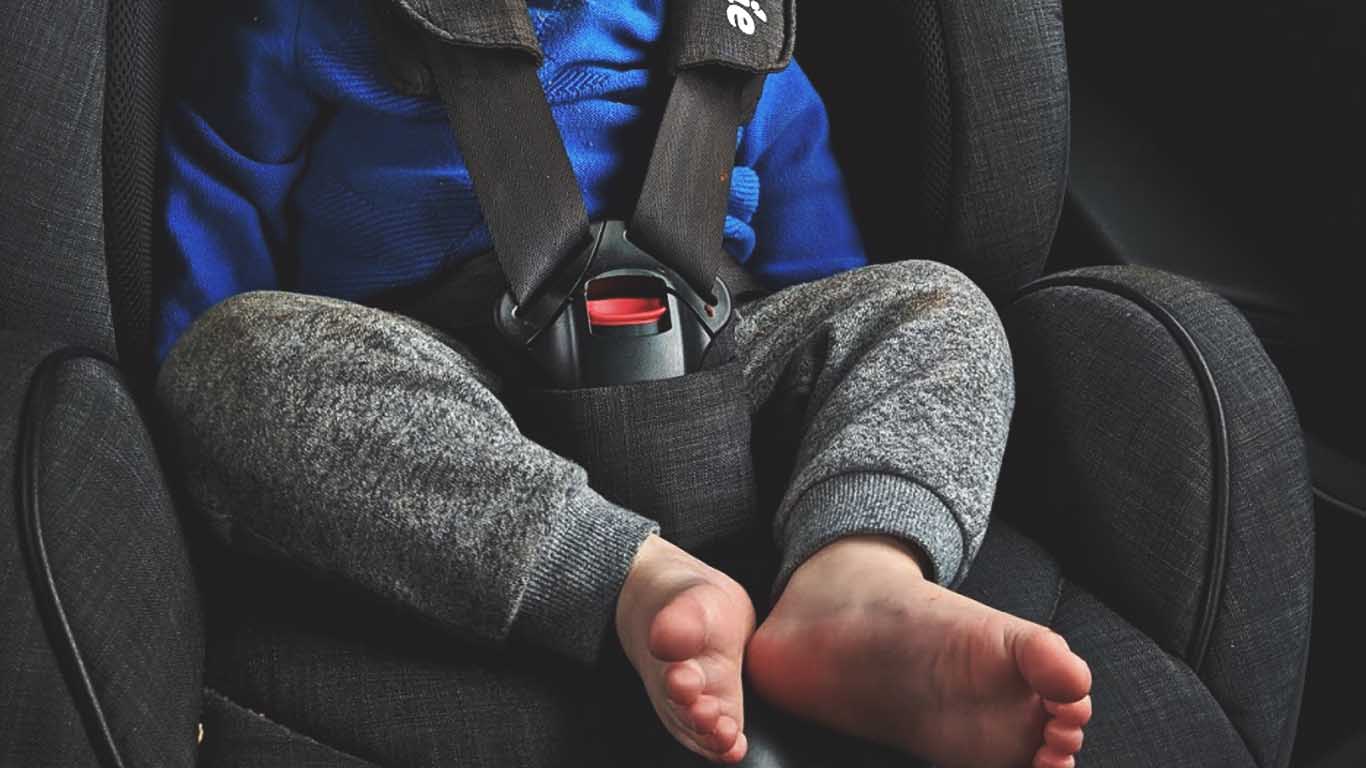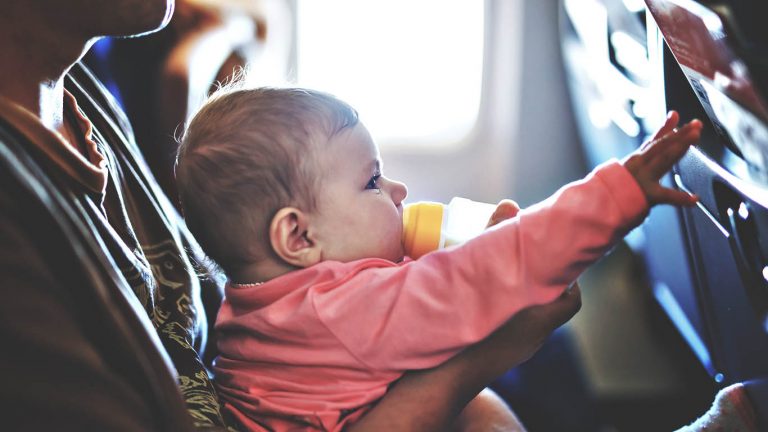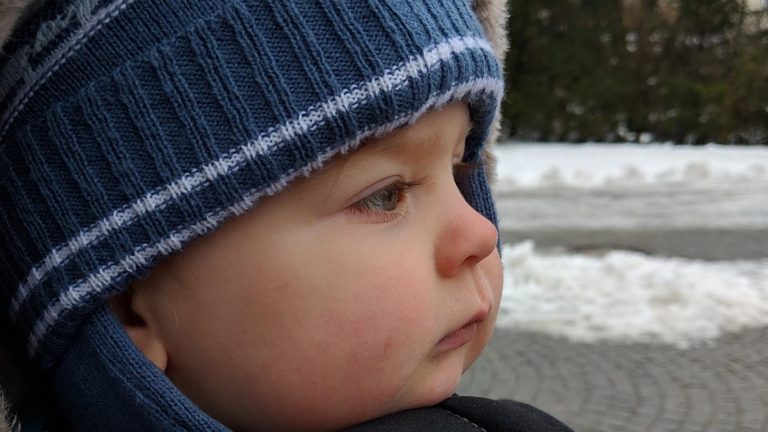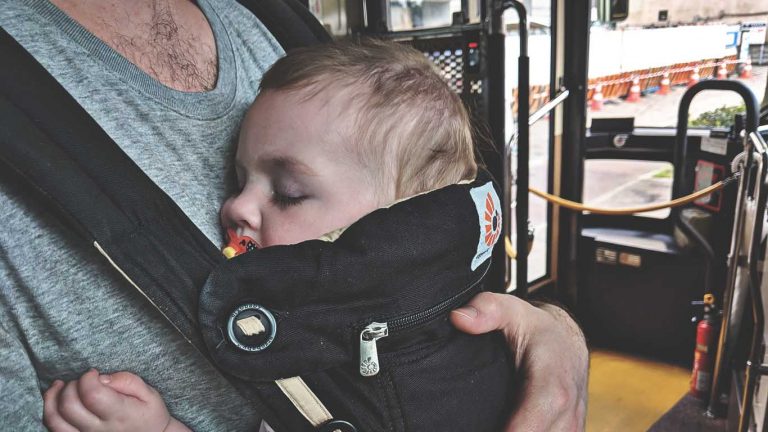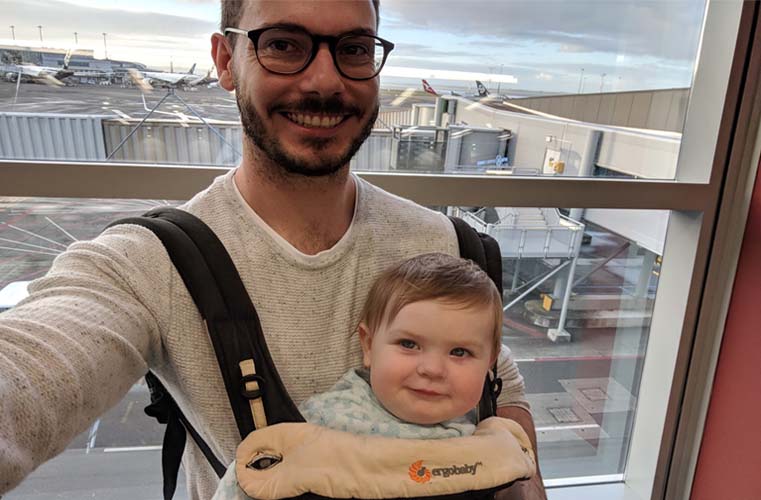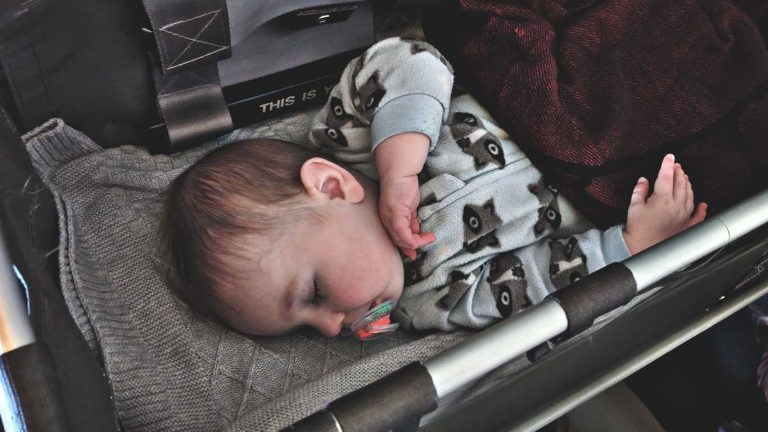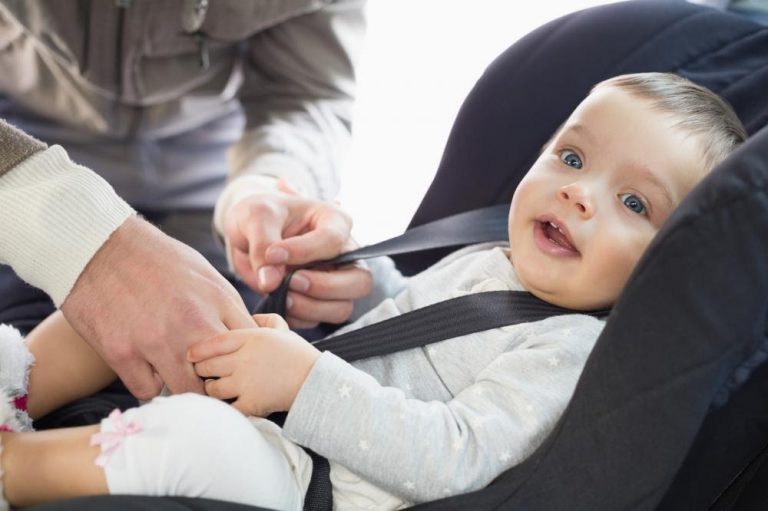Figuring out what to do with your child’s car seat can be one of the trickiest parts of traveling with your family.
Especially if it’s your first time flying with a child, you probably have a lot of questions:
- Should I travel with my child’s car seat on a plane?
- Should I check the car seat with my luggage?
- What should I do about a car seat once I reach my travel destination?
This article will walk you through the ins and outs of flying with a car seat, including the federal regulations you need to know about.
Should you bring a car seat on the plane?
Most airlines allow children under 2 to travel on a parent’s lap for free. However, the FAA website strongly urges parents to consider using a car seat and buying the extra ticket.
Kids who are older than two and still in a car seat might benefit from using their car seat on the plane as well.
Though parents are not required to use a car seat, the American FAA highly recommends using a car seat or CARES harness (more on this in a bit) for all children under 40 pounds.
I would especially consider using a car seat for the toddler age, 18 months – 3.5 years, simply because kids are so active at this age and have a harder time staying seated.
Pros of flying with a car seat:
- Using a car seat will keep your child safe during take off and landing as well as any in-flight turbulence.
- The car seat, once installed on the plane allows you the freedom to relax in your own space or get what you need with free hands.
- Your child is probably already used to a car seat, so using one on the plane provides a sense of normalcy and comfort that relieves the excitement and stress of flying.
- Keeping your kid restrained and comfortable will help them travel better (maybe even sleep on the plane).
Cons flying with a car seat:
- There is an element of stress dealing with getting the car seat through the airport and installed on the plane.
- Car seats are bulky, and you already have your other gear and your children to get to the plane.
- You have to pay for your child’s airplane seat if you decide to use a car seat; whereas, if your child is 2 or under, you can opt to take your child on your lap for free. The extra expense can add more of a financial strain on your trip.
Checking vs flying with a car seat
If you want to use your personal car seat at your travel destination, you’ll need to decide if you want to check your car seat with your luggage or pay for the extra seat and use your car seat during the flight.
All airlines in the United States and many international airlines allow you to check your car seat with your luggage for free.
You will probably have to check it at the over-sized bagage counter, so make sure you give yourself a little bit of extra time.
If you are traveling internationally, make a call to your specific airline to make sure this is their correct policy.
Checking your car seat with your bags allows you to have your car seat at your travel destination but not have to deal with lugging it through the airport or checking it at the gate.
Checking your car seat is a good option if you do not want to pay for an extra seat or if you plan on using a CARES Harness on the plane.
You could also opt to gate check your car seat. Parents who choose to gate check their car seat do so for a couple of reasons:
- You need your car seat with you as a part of your stroller in the airport
- You are nervous about your car seat getting separated from you or getting damaged on the flight.
How to gate check your car seat
When you arrive at your departure gate, you check in with the desk attendants and let them know you need to gate check your seat. You will then drop off your car seat at the Gate Check Area, usually on the jet bridge.
You then pick up your car seat in the same spot after your flight (or at baggage claim, depending on your airline).
If you are worried about damage done to your car seat, you could look at purchasing one of these Gate Check Car Seat bags. The airline might provide a plastic bag, or you could just opt to accept that traveling means some wear and tear on your car seat.
If you have an older child who doesn’t need a car seat on the flight but needs a booster at your travel destination, you could purchase this travel booster seat that inflates and fits nicely in your luggage. (Booster seats are not FAA approved.)
What makes a good travel car seat
If you are looking to purchase a travel car seat or if you are opting to use your personal everyday car seat, first make sure that the car seat is approved by the FAA for flight.
Check the sticker on the side of your car seat. It should say, “This restraint is certified for use in motor vehicles and aircraft.”
You will want to find a car seat that is slim in design, approximately 16 inches wide, and lightweight to carry.
You can check your flight seat measurements on Seat Guru to make sure your car seat will fit.
Many travelers recommend the Cosco Scenera car seat. It travels well, has good safety ratings, and it’s inexpensive, therefore, easy to replace if something gets damaged.
Getting through the airport and boarding with your car seat
Before you leave on your trip, contact the airline and let them know of your intention to bring your car seat. Be sure you know the car seat model and size, and make sure your seat is FAA certified.
If possible, add your intentions to your booking notes and get written confirmation about your car seat intentions to have them available if there are any questions. Reconfirm your intentions to use the car seat 24 hours before your departure as an added precaution.
If you decide to use your car seat on your flight, this could be a bulky weight to add to your carry on items as you move about the airport, but there are some great options to make this easier:
- Car Seat Travel Cart: You could purchase a car seat travel cart, which allows you to attach the car seat to a rolling handled cart. This cart will also fold down and fit in the overhead bin. You could also look at purchasing a car seat belt to attach to your rolling carry on luggage. This can easily store in a carry on after you get to your seat.
- Car Seat Backpack: You could opt to purchase a car seat backpack, which might look a little silly in the airport, but it provides a hands free way to navigate the airport and keeps the weight of the car seat evenly distributed on your back and shoulders. This is a great option if you are traveling with a partner and have an extra set of arms and hands to carry gear and manage kids.
- Stroller Frame: If you are using a rear facing infant seat, you could purchase a car seat and stroller frame combination. The Baby Trend Snap N Go or the Chicco KeyFit Caddy Frame are both great options. You could gate check the stroller frame and use the car seat on the plane.
Using your Car Seats on the Plane
If you are nervous about getting the car seat installed on the plane, follow these steps. You, essentially, install the car seat the same way you would in a car:
- Recline the seat back to make room for maneuvering.
- Thread the seat belt from the airplane seat through the bottom of the car seat.
- Clip the seat belt buckle.
- After clipping the seat buckle, you can raise the seat back to a good position and then tighten the strap of the seat belt until the seat feels secure.
- A good tip: Check out YouTube Travel Channels to see if there’s an installation video demonstration for your car seat brand.
FAA Regulations specify that car seats cannot be in aisles with exit rows, and they cannot impede the progress of another passenger trying to exit. So, you’ll need to pick a window seat for your car seat and avoid the exit rows when booking.
If your child is less than 40 pounds, you can seat your child in the rear facing position. Flight attendants or other passengers might ask you to turn around the seat for the other passenger to recline, but you are within your rights to have your child rear facing if the seat fits under the guidelines.
Again, FAA regulations do not approve of booster seats. If you need a booster seat at your travel destination, you will need to check it with your luggage or pack it in your carry on bag.
Alternatives to car seats on a plane
Are there other options to having a car seat on a plane? Absolutely!
If you have a child who is 3 years old and over 30 pounds, then you could use this RideSafer Travel Vest.
It’s a more expensive option than a car seat, but it would be a convenient purchase at your travel destination if you need to use public transportation or taxis.
The Ride Safer Vest allows a child to ride safely in a car without a car seat; however, it is not airline approved, so you couldn’t use it on the plane.
This vest is also not technically approved to use in Europe either, per the product website FAQ section.
CARES Harness: The CARES harness is an option for the plane if you do not need a car seat at your travel destination or if you are using something like the Ride Safer Vest when you arrive. The CARES harness allows your child to sit in a regular airplane seat but get the safety of the 4 point harness. It’s compact and lightweight, and it folds up easily in a cinch sack.
Airline car seat policy around the world
The Federal Aviation Association guidelines are standard across all of the United States domestic flights, and their policies are universal due to the number of families traveling with car seats.
Australian airlines do have some inconsistencies about traveling with a car seat on the plane and about gate checking.
For instance, in the United States, car seats that are gate checked are generally available on the jet bridge to pick up when you land.
This is not always the case with Australian airlines. When in doubt, call your airline before you travel to see the discrepancies in policy.
If you are traveling internationally, you can check the safety standards of your car seat with those of your destination country here.
The bottom line
Though getting to the airport and on the plane with a car seat in tow can be a little tricky, deciding to take that car seat with you on the plane could save some overall travel sanity.
Your little one will be safe and secure (and contained!) in flight, and you will be able to relax some and maybe even enjoy your flight.
Having a game plan, keeping in contact with the airline about your intentions, and double-checking that you have an approved car seat will save time and energy as well.
Do you have any tricks for traveling with a car seat on a plane? Share your story in the comment section below.
